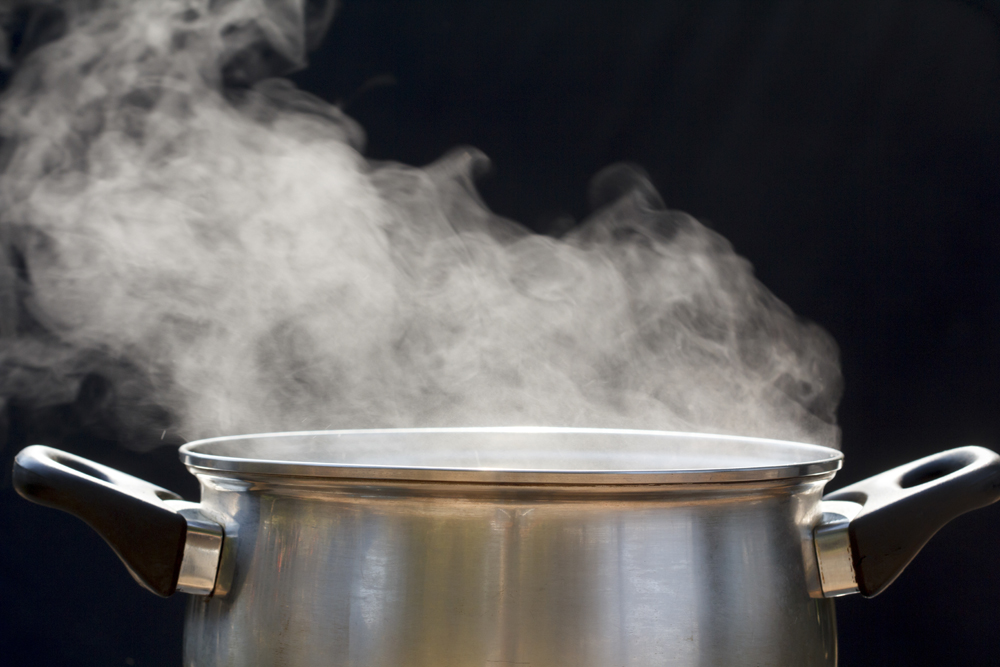Blog
What Temperature Does Acetic Acid Vaporize? | Understanding Vaporization
When it comes to the chemistry of acetic acid, a common question arises: what temperature does acetic acid vaporize? Acetic acid, known for its distinctive sour smell and strong flavor, is a key ingredient in many household products and industrial applications. Understanding the vaporization temperature of acetic acid is crucial for its proper handling, storage, and usage. In this article, we will delve into the details surrounding the vaporization of acetic acid, its properties, and its practical implications.
Understanding Acetic Acid
Acetic acid, with the chemical formula CH₃COOH, is a colorless liquid organic compound. It is often found in its diluted form as vinegar, which contains about 5-20% acetic acid by volume. The compound has a boiling point of 118°C (244°F) at standard atmospheric pressure, which is also the temperature at which it vaporizes.
Acetic Acid Boiling Point – Key Factors Explained
What Temperature Does Acetic Acid Vaporize?
To answer the question directly, what temperature does acetic acid vaporize? Acetic acid begins to vaporize at approximately 118°C (244°F). This temperature indicates when the liquid turns into vapor, making it essential for various industrial processes where acetic acid is utilized, such as in food preservation, chemical synthesis, and as a solvent.
Factors Influencing Vaporization
Several factors influence the vaporization of acetic acid:
- Pressure: The vaporization temperature can vary with changes in atmospheric pressure. At higher altitudes, where atmospheric pressure is lower, acetic acid may vaporize at a lower temperature than at sea level.
- Purity: The presence of impurities in acetic acid can alter its boiling point and vaporization temperature. Pure acetic acid vaporizes at the specified boiling point, while impure samples may exhibit different behavior.
- Volume and Surface Area: The volume of acetic acid in a container and the surface area exposed to air can also impact the rate of vaporization. Larger surface areas facilitate faster vaporization.
Practical Implications of Acetic Acid Vaporization
Understanding what temperature does acetic acid vaporize has several practical implications:
- Safety Protocols: In laboratories and industrial settings, knowing the vaporization point of acetic acid helps in establishing safety protocols. At elevated temperatures, acetic acid can produce vapors that may be harmful if inhaled.
- Storage and Transportation: Acetic acid must be stored in appropriate conditions to prevent it from reaching its vaporization temperature. Containers should be labeled clearly, and storage areas should be well-ventilated to avoid the buildup of vapors.
- Chemical Reactions: The vaporization of acetic acid plays a crucial role in various chemical reactions. Understanding its vaporization temperature allows chemists to manipulate conditions for optimal reactions.
Signs of Acetic Acid Vaporization
When acetic acid vaporizes, specific signs can indicate this process:
- Odor: Acetic acid has a strong, pungent odor. When it begins to vaporize, this smell becomes more pronounced, signaling that the acid is in the vapor phase.
- Temperature Change: The area around the acetic acid may feel cooler as the liquid evaporates. This cooling effect is due to the absorption of heat from the surroundings during the vaporization process.
Safe Handling of Acetic Acid
To ensure safety when working with acetic acid, follow these guidelines:
- Personal Protective Equipment (PPE): Always wear appropriate PPE, such as gloves, goggles, and lab coats, to minimize exposure.
- Work in Well-Ventilated Areas: Ensure that your workspace is well-ventilated to disperse any vapors that may accumulate.
- Proper Storage: Store acetic acid in a cool, dry place, away from heat sources and incompatible materials. Ensure that containers are tightly sealed.
Conclusion
In conclusion, knowing what temperature does acetic acid vaporize is essential for anyone working with this compound, whether in a laboratory, an industrial setting, or at home. By understanding the properties of acetic acid, its vaporization process, and the factors influencing this process, we can ensure safe and effective usage.
Follow us on Facebook!

